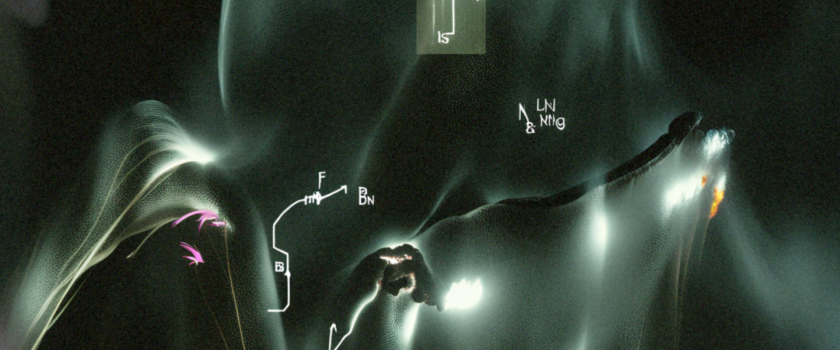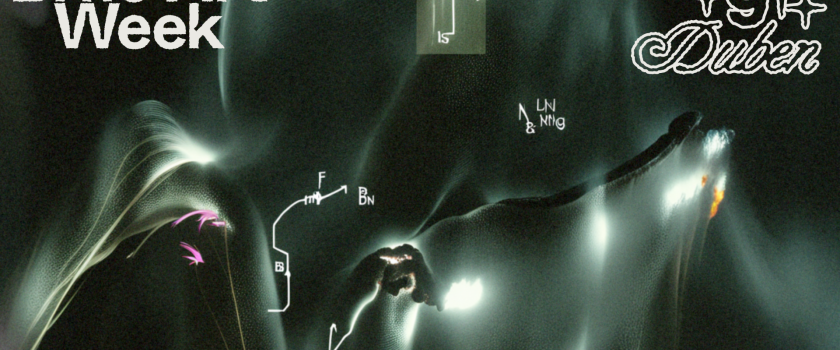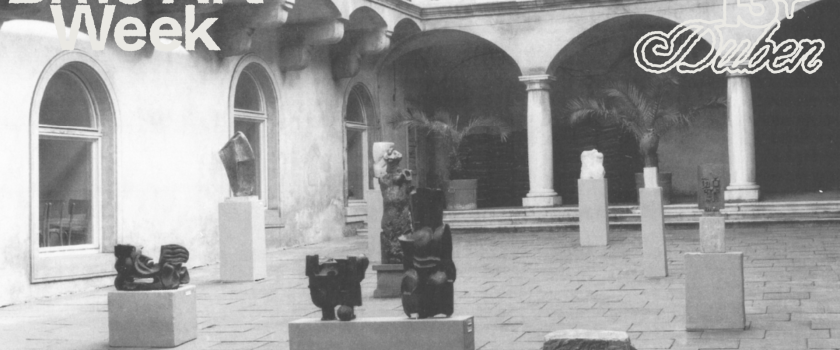The turbulent history of Senster, a large cybernetic sculpture designed by Edward Ihnatowicz in c. 1970 is a classic example of pioneering media artwork saga. Divided into two periods, the creation and prematurely cancelled display (1968-1974) and its recent reactivation (2017-2018), the history provokes questions on continuity and authenticity of the lost and found pieces. For this reason, I take the recent experience of Senster’s reactivation as a starting point for discussion on the maintenance and display of media art. Reflecting on the lifecycle of the piece I propose a script-to-design path for consideration in the broader context of the art conservation strategy. I intend to argue that once a piece is set to be recreated in a reliable way, a meticulous assessment of the engineered components should precede the study of the freely designed structure. Referring to the outcomes of the Senster reactivation process, I would like to show that in a preliminary phase of the process it is highly profitable to observe the engineered (script-based) structures in every detail and do the most meticulous reverse-engineering possible, no matter whether it relates to the control system, mechanics or construction engineering, since the engineering components are a priority in dictating the scope and sequence of the restoration project and a benchmark for the reconstruction of the freely designed elements. I expect that various configurations of script and design qualities would characterize a broader class of hardware-based interactive systems restoration projects.
Anna Olszewska's background in Arts and Humanities. She has experience in the visual studies, image analysis, print history, history of science and curatorship, and worked for the Print Room of the Polish Academy of Arts and Sciences as well as the Faculty of Humanities at the University of Science and Technology in Krakow. She has a PhD degree in Art History (Jagiellonian University, Kraków), and an MA degree in Art History and Religious Studies (idem.). She works on projects connected with the performative function of images and the history of science. She is the initiator and curator of the Re:Senster project.


